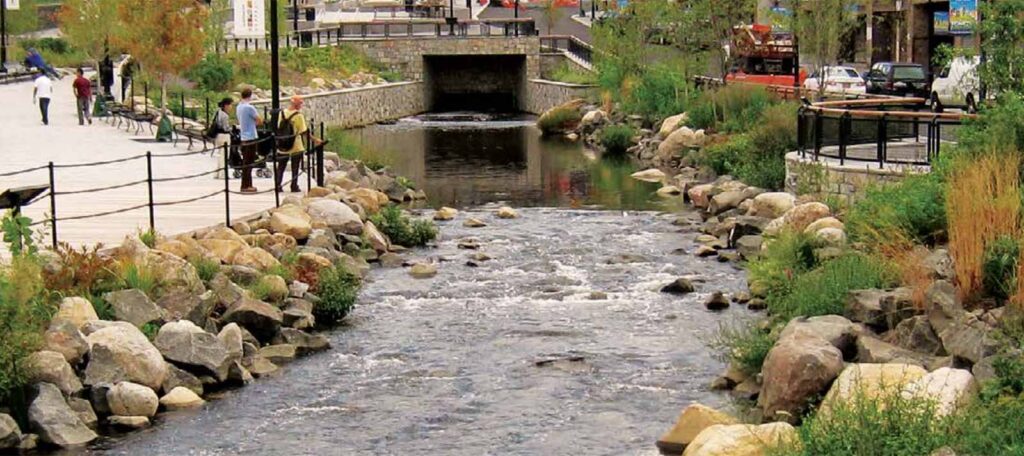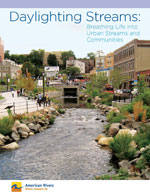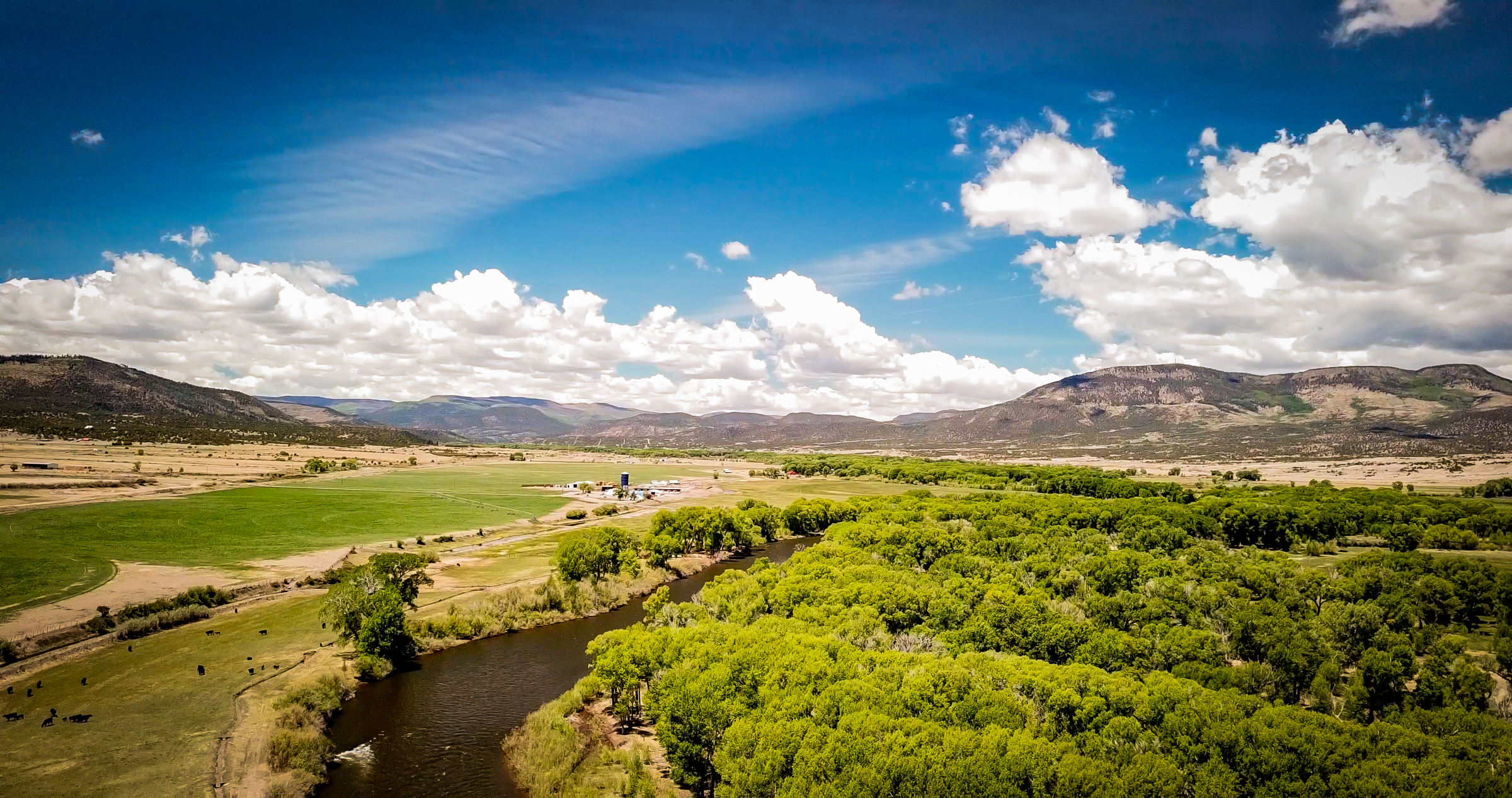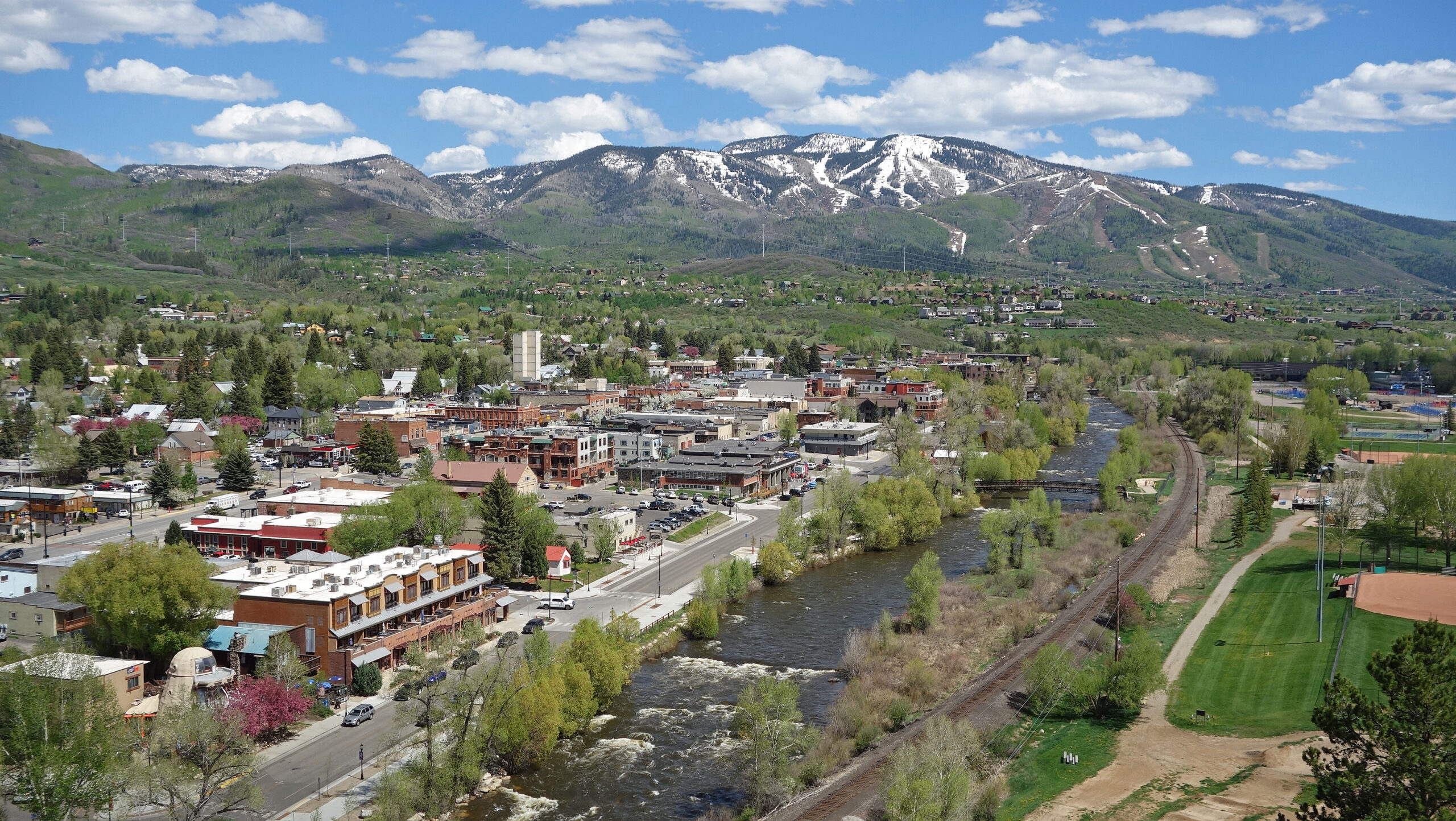Daylighting Streams: Breathing Life Into Urban Streams And Communities


Preserving and protecting small streams is the best approach to ensure environmental and community benefits such as clean water and flood reduction. In highly urbanized areas, however, where small, headwater streams are often buried, hidden, and forgotten, protecting headwater streams is not possible. Stream daylighting is a relatively new approach that brings these buried waterways back to life by physically uncovering and restoring them. Daylighting is an applicable technique to assist communities in reducing polluted runoff, addressing flash flooding concerns, and improving the livability of the built environment.
This report describes the importance of small streams and provides the context for why many of today’s urban streams are buried. It also identifies and analyzes the benefits of stream daylighting, including water quality improvements, flood mitigation, and community and economic revitalization. Case studies below illustrate the benefits provided to communities by daylighting. While there are many examples of daylighting, we found daylighting projects in both Kalamazoo, Michigan and Yonkers, New York illustrated the most developed benefits to flood mitigation and community revitalization, respectively.
Daylighting, furthermore, provides economic benefits to communities through cost effective alternatives to ongoing culvert maintenance and by keeping stormwater out of combined sewer systems, thereby reducing water treatment costs. Municipalities also gain ecological and water quality benefits, such as improved habitat and nutrient retention, by revitalizing a previously buried stream. In fact, daylighting streams can also mitigate floods by restoring floodplains which increases hydraulic storage, reducing channelization which slows water thereby decreasing flooding potential, and removing choke points such as culverts where water backs up and causes localized flooding.
Finally, to identify ways to better facilitate daylighting projects in the future, this report examines barriers to daylighting, including major water policies. This report also highlights numerous case studies where communities have implemented daylighting, and provides potential funding mechanisms for communities considering daylighting. Recommendations for enhancing the use of stream daylighting as a tool to improve clean water and communities, improve habitat, and reduce localized flooding include:
Increasing scientific research and comprehensive monitoring
Additional research and monitoring efforts will improve scientific data on daylighting allowing for more comprehensive guidance.
Utilizing a standardized daylighting database
A comprehensive database with a set of standardized measureable values would vastly assist stream daylighting implementation.
Removing policy barriers to aid the implementation of stream daylighting where appropriate
Policies and funding which make daylighting projects easier to implement are imperative in order to make these more common practices.
Raising awareness of buried streams to galvanize community involvement and reconnect people to rivers
Raising awareness of buried streams within urbanized environments can engage community residents and create interest in clean water, community health, and revitalization.
Implementing these recommendations can vastly improve daylighting, while also making it easier for communities addressing stormwater controls and water quality issues to adopt this relatively new approach. Currently, there are a suite of practices used to control stormwater runoff including bioretention, rain gardens, and green roofs; however, daylighting could add to this repertoire and in some instances be a more economical and environmentally effective option, if certain policy barriers are removed and scientific data improved. As communities find ways to improve their built environment, daylighting should be considered with the suite of techniques used to improve urban environments.
The report highlights numerous case studies where communities have implemented daylighting including: Bee Branch Creek, Dubuque, Iowa; Arcadia Creek, Kalamazoo, Michigan; Saw Mill River, Yonkers, New York; Peyton Creek, Staunton, Virginia; Blackberry Creek, Berkeley, California. Additionally, case studies from Michigan, South Korea, Indiana, and Washington are discussed.



